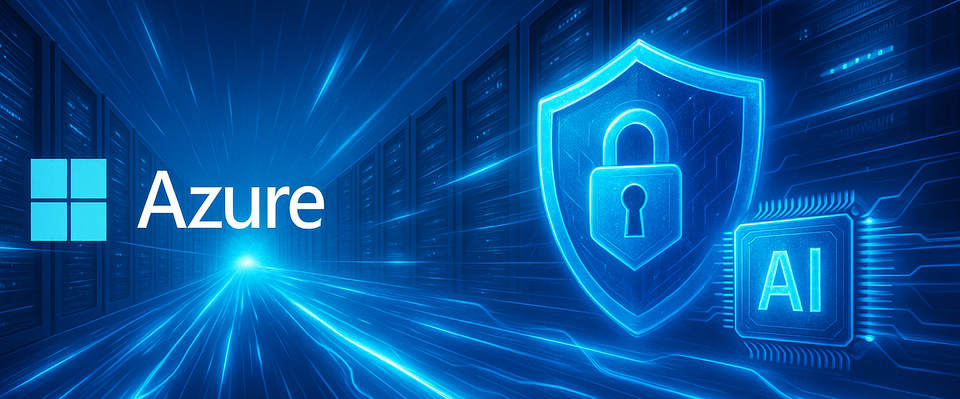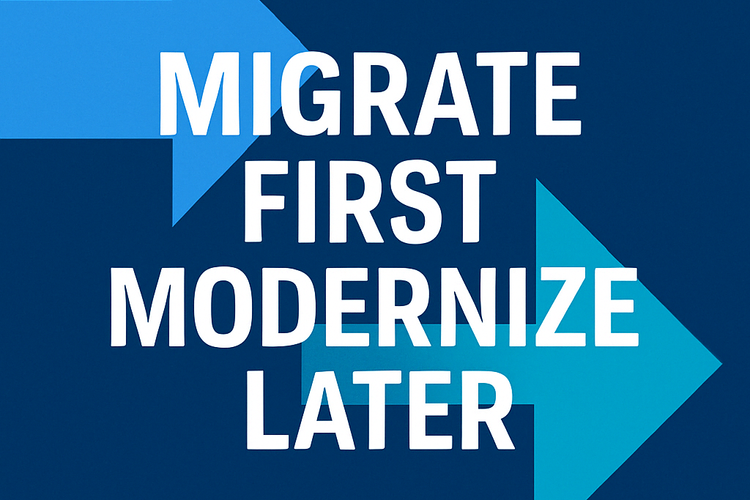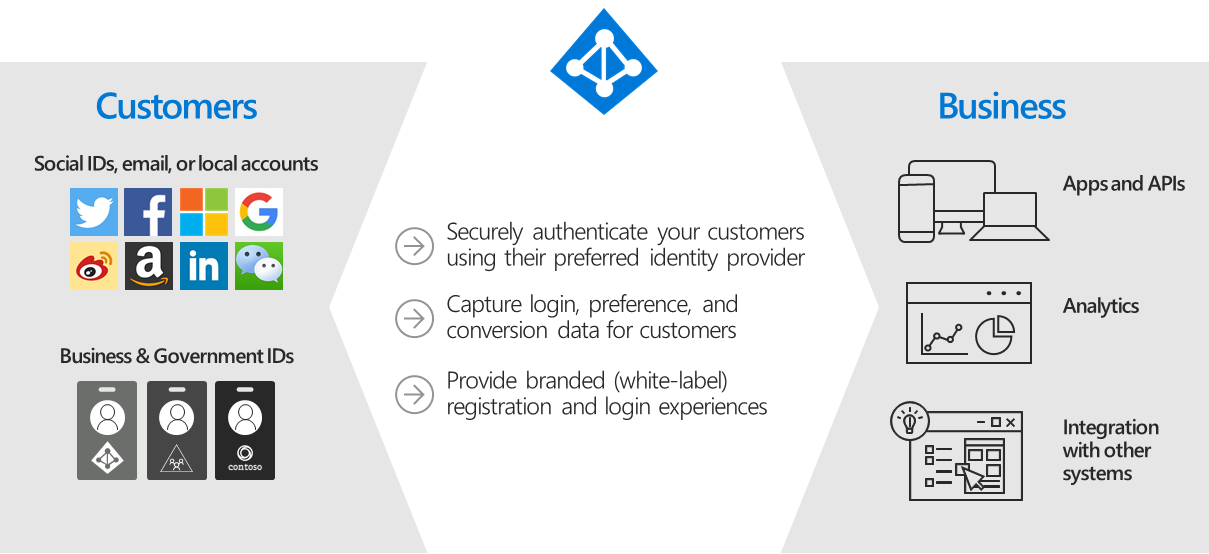Build 2025 for Infra Folks: The Quiet Upgrades That Pay Real Dividends

“Developers stole the show, but the hardware backstage is what will make the finance team smile.”
Build is usually a developer festival, yet 2025 slipped in a handful of under-the-radar infrastructure releases that directly affect cost, risk, and time-to-market. Below is a conversational tour you can send to teammates or execs alike, no hard-sell, just practical business angles.
1. Azure Boost 2.0, Bigger Pipes, Smaller Bills
Boost 2.0 off-loads all storage and network I/O to an FPGA + ARM card. That frees CPU cycles and delivers headline numbers: 14 GB/s remote disk, 36 GB/s local SSD, 200 Gbps VM-to-VM with guest RDMA. medium.com
Why you’ll care
- Shorter nightly jobs → earlier reports for the business.
- Fewer cores waiting on I/O → run the same workload on smaller VM sizes (or pack more tenants per host).
- RDMA without InfiniBand gear → easier to justify distributed AI training in the cloud.
2. VM Preserving Host Updates (VMPHU), Patch Tuesday Minus the “Patch”
VMPHU snapshots a VM’s memory, reboots the host beneath it, and drops the guest right back where it was, no service restart, barely a blip on the NIC. medium.com
Business value in plain English
- Eliminates planned downtime windows (think SAP, SQL MI).
- Lets you retire “standby” capacity that only existed for maintenance days.
3. Azure Compute Fleet, Elasticity Without the Scripting
Fleet went GA with the ability to launch up to 10,000 VMs in one API call, mixing Spot and pay-as-you-go, spreading across regions, and automatically replacing evicted Spot instances. learn.microsoft.com
Why your boss will nod
- Data-science and dev teams stop waiting days for quota adjustments.
- Spot blending often lands 30–60 % below straight PAYG pricing, with Fleet handling the juggling for you.
4. Cloud-Native Quality-of-Life Tweaks
|
New thing |
So what? |
|
Durable Task Scheduler in Azure Container Apps
(preview) |
Stateful workflows, no Functions host, ditch that “temp
automation VM.” techcommunity.microsoft.com |
|
AKS defaulting to Azure Linux 3 |
Smaller patch payloads, FIPS-ready images, and
drift-alerting baked in. techcommunity.microsoft.com |
|
Linux Guard (signed-layer containers) |
Blocks supply-chain malware before it reaches prod. medium.com |
|
HyperLite WASM micro-VMs at Front Door |
Run edge logic with sub-100 ms cold-starts, personalize
sites without spinning up a full AKS edge cluster. medium.com |
5. Scaled Storage Accounts + 200 Gbps Networking, Feeding the Beast
AI checkpoints and large-scale analytics love bandwidth. Scaled Storage logically bundles many blob accounts into a 25 Tbps slice, while Boost 2.0 brings 200 Gbps pipes and guest RDMA to the VM layer. medium.com
Translation: Skip the on-prem NVMe appliance quote; the cloud just caught up.
6. Confidential GPUs, Encrypted Data In Use, Not Just at Rest
H100/H200 GPUs now sit inside Intel TDX or AMD SEV-S EE trusted VMs, keeping code and data encrypted even while training. medium.com
- Green-lights AI projects that were stalled by data-in-use compliance.
- Avoids the hand-wringing over multi-tenant GPU clusters.
Wrapping Up
None of these features demand a months-long migration plan. Most are opt-in previews or new VM sizes you can test in a dev subscription. Try them, gather a few hard numbers (throughput uplift, minutes of avoided downtime, Spot savings), and let those stats do the talking.
Next actions you can try before you run off to your summer vacation.
- Spin up a Boost 2.0 VM next to a current-gen box and run a quick fio test.
- Enable VMPHU on a non-prod SQL VM and patch the host, watch the query keep running.
- Create a small Compute Fleet with 20 Spot VMs and see how it handles an eviction.
Share what you find, infra wins are more fun when everyone sees the scoreboard.



